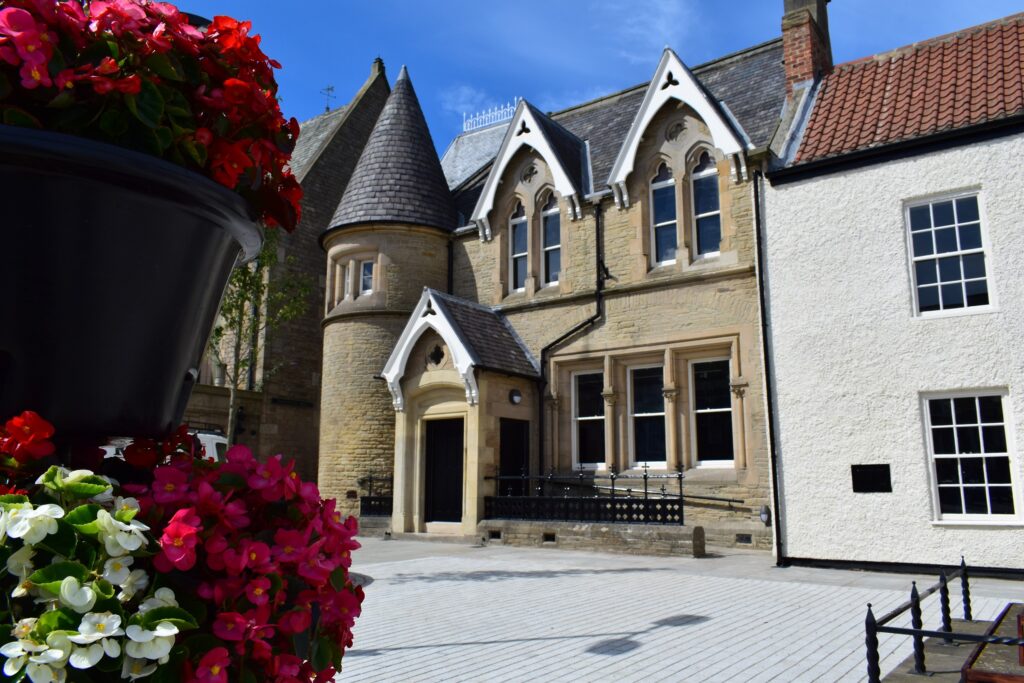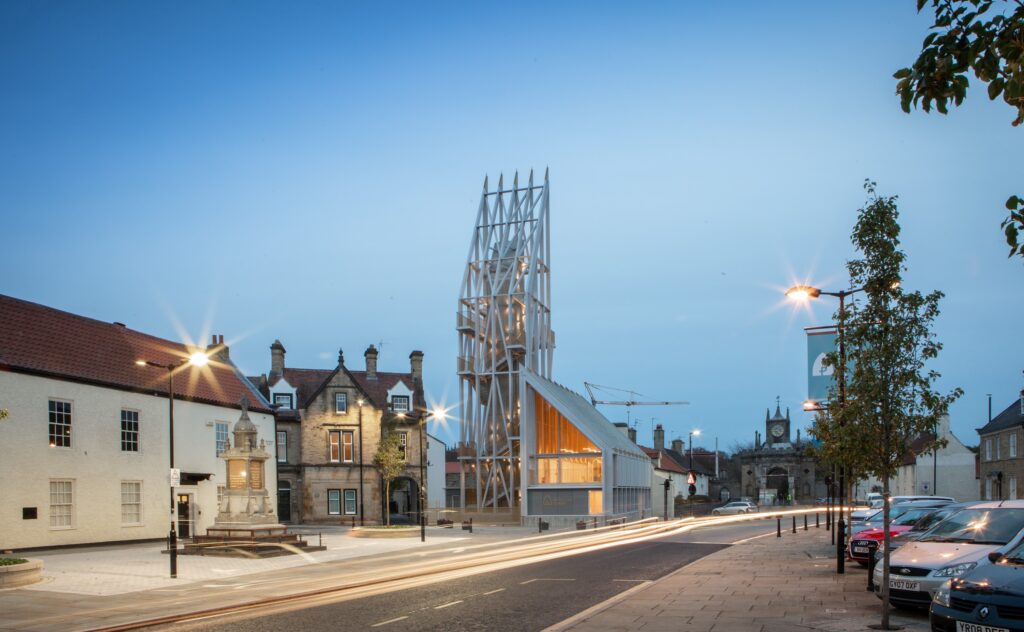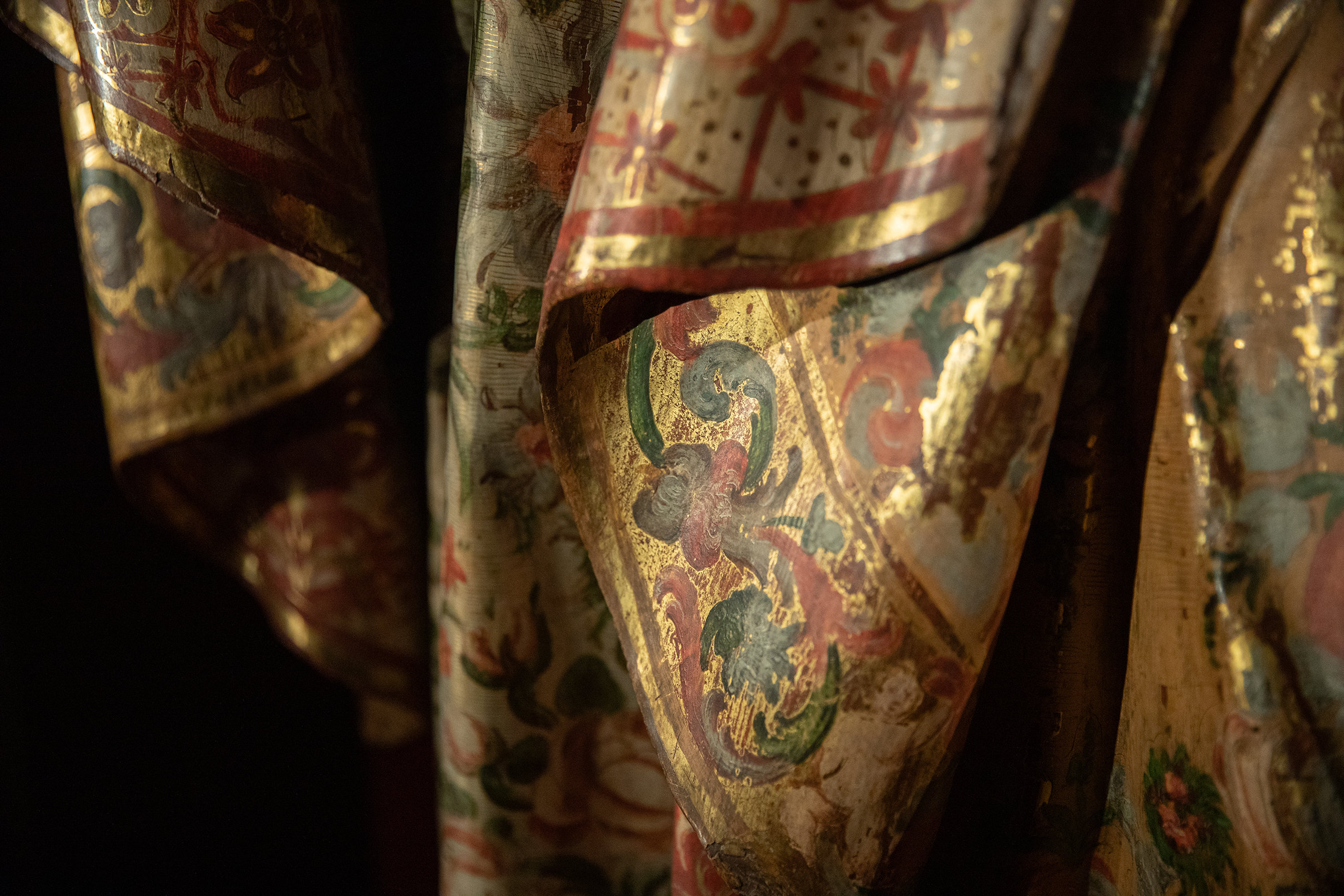News
17 July 2023
4 min read
Help us save Henry VIII’s lost tapestry

Around 1535, Henry VIII commissioned a monumental tapestry, nearly twenty feet long. Its subject-matter was ‘St Paul burning the heathen books’ – a powerful statement, confirmed in gold-braid, that Henry was now the Supreme Head of the Church of England.
For over 200 years the tapestry was thought to have been destroyed. Yet in 2014 conservators made an extraordinary discovery: ‘St Paul directing the Burning of the Books’ had survived, unrecognised in a Spanish collection.
The Auckland Project is campaigning to save Henry VIII’s extraordinary lost tapestry for the nation and bring it home to the UK. Its new home will be the Faith Museum in Bishop Auckland, a new museum exploring encounters with faith in Britain through time.
Jonathan Ruffer, Founder of The Auckland Project, is leading the campaign. Jonathan says:
“I have spent so much of my life tilting at windmills that I am perhaps the Patron Saint of the Futile Gesture. But this time, it’s a royal windmill, and the Bishop’s Palace at Auckland has triumphed before. When the Church Commissioners said that they were selling their set of thirteen Zurbaran pictures (the First Estates Commissioner opined, to the dismay of all, that it was 99% certain to happen)…it didn’t happen, and they are triumphantly on show at Auckland, much treasured by the locals, and much visited from across the globe.
“Then, we were fighting what felt like an enemy – here, the Spanish people are our friends, and the Ministry of Culture has stated that they are willing to reconsider the Export ban if it is to be acquired by an ‘appropriate institution’. This is outstandingly gracious, and not the way these things are usually done. So, our task – the nation’s task – is to declare that Auckland is the right home for this treasure. That’s partly a matter of money. I cannot say to the seller, ‘ er, will you take a cheque?’. But it is equally – arguably more – about the mood music of public opinion. This isn’t the time for the whinny of the string quartet. This is Zadok the Priest territory – we have witnessed that spirit both at the funeral of her late Majesty, and her successor’s Coronation. We must proclaim that this great artefact is the first manifestation of the nascent Church of England – I call it its Birth Certificate.
“The story of Henry VIII’s wives, along with Dunkirk and the suffragette movement, are the hardy perennials of the country’s understanding of itself. Auckland Palace – as it was called then – was a central part of the story. Cardinal Wolsey was Prince Bishop of Durham when he failed to deliver the divorce that the King desired. Cuthbert Tunstall was Wolsey’s successor – he had overseen the burning of the Tyndale Bibles in London (and, indeed, some of its readers) – an initiative so efficient that today only 14 survive – and Auckland has one of them. The man for all seasons, Sir Thomas More was beheaded, in the year the tapestry was made, for failing to recognise the King’s Supreme Headship of the Church of England – as he was executed, he swept his long white beard away, saying that the King could have his head, but not his beard. We have a small tondo, possibly by Holbein himself of Sir Thomas in the last week of his life – complete with beard. Why is this important? These objects (and many more) appear in the Faith Museum, due to open in two months’ time.
“What can you do to help? If you can give £20, the cost of an Anglican Birth Certificate today, then you join a swelling chorus of voices that roar for the tapestry to be where it belongs. If you can give more, then please do so – many hands make light work, but the heavy lifters get us over the line. Come and see us at The Auckland Project, and admire – in due course – your handiwork!”










